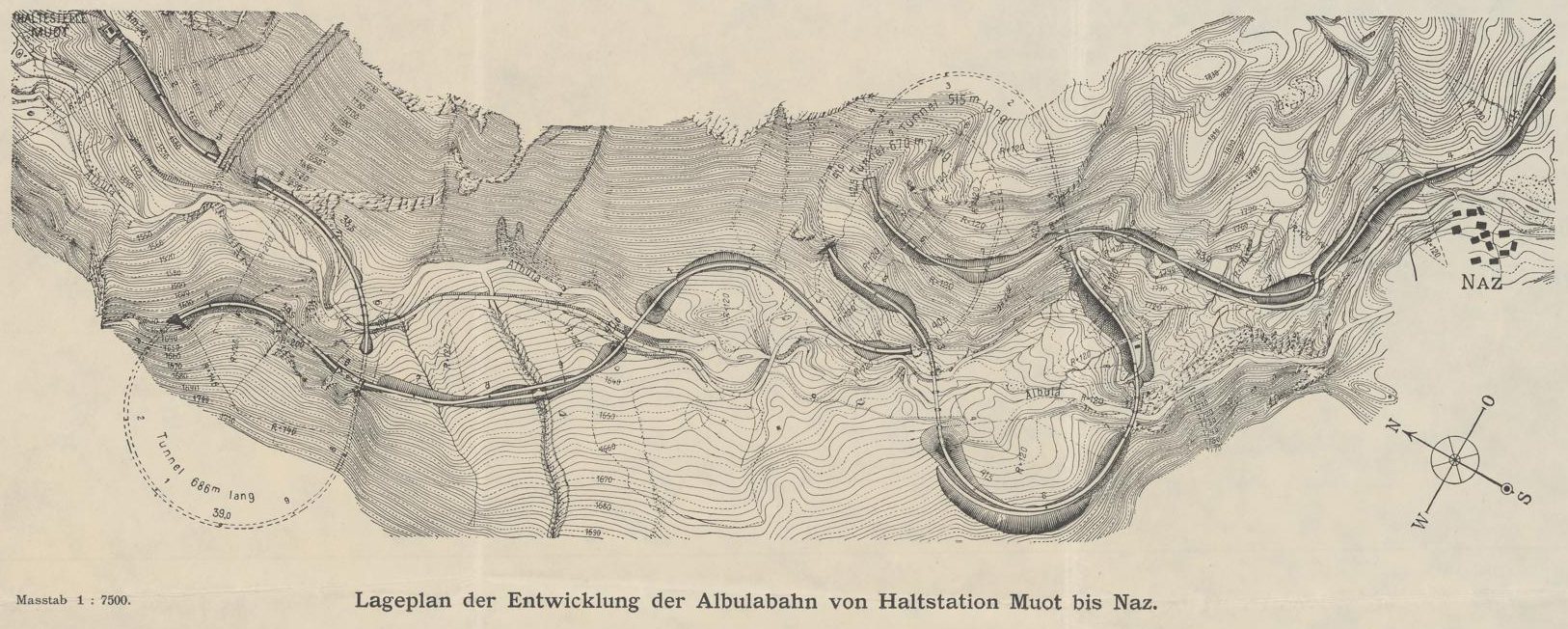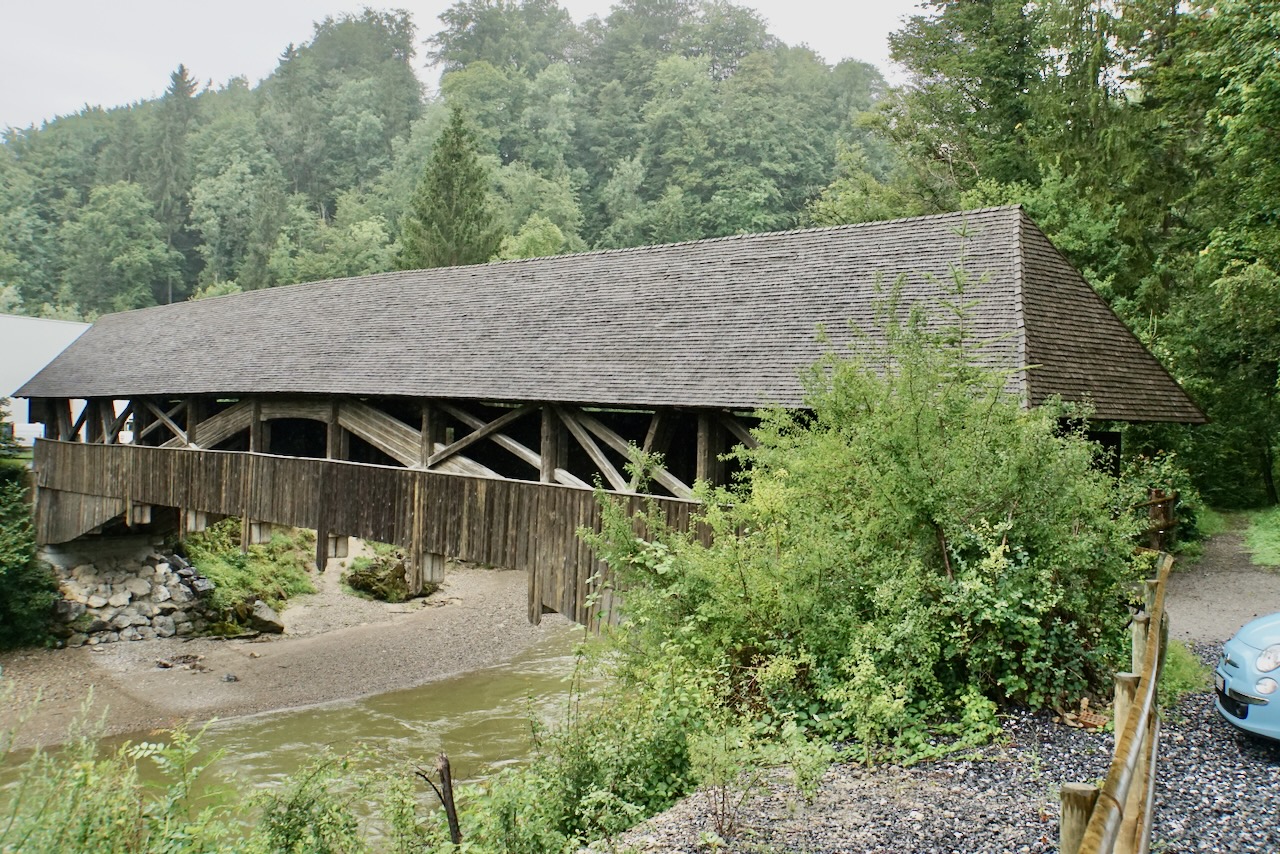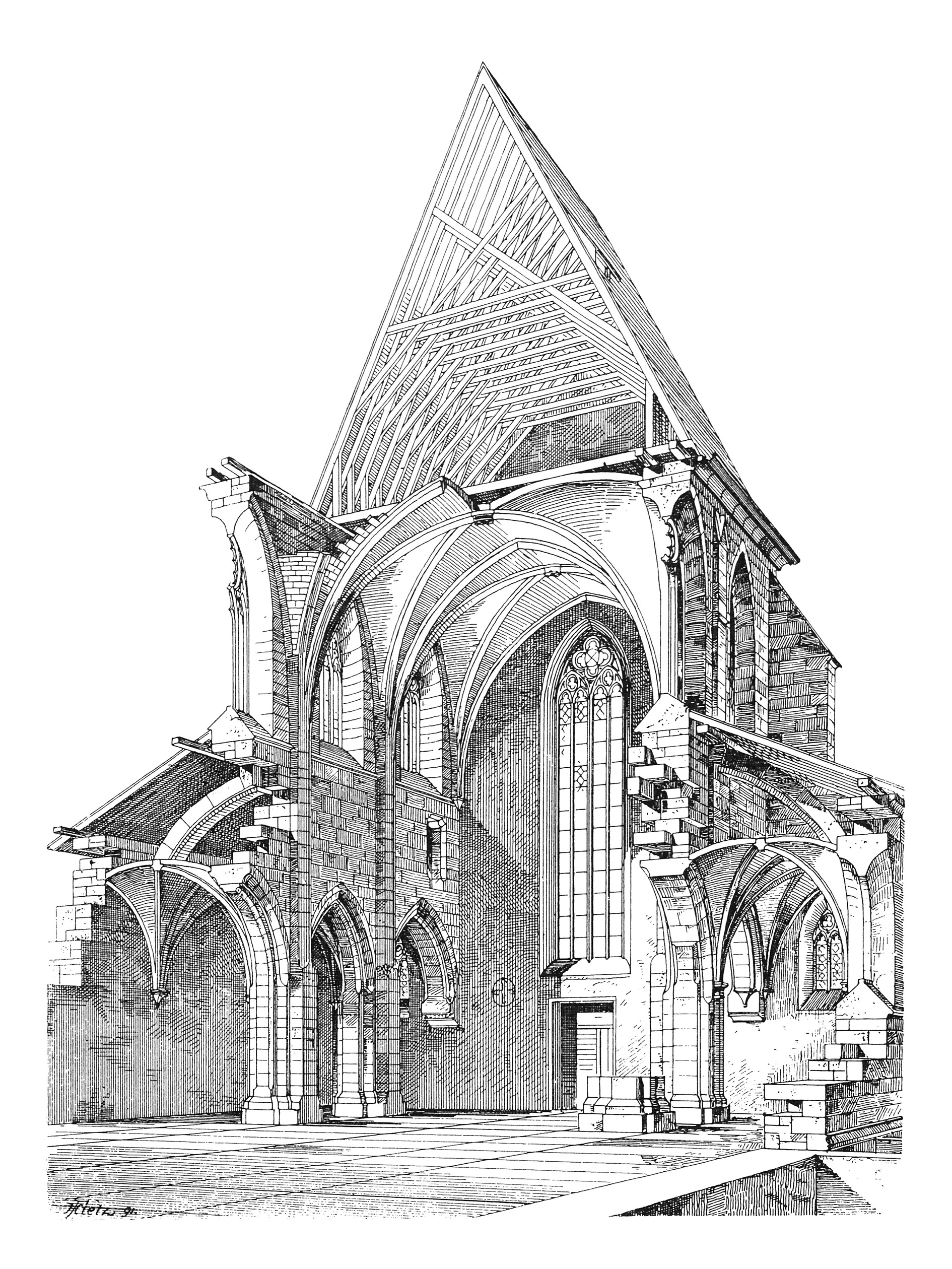Excursions
On Wednesday (26 June 2024), several excursions on various topics will take place throughout the day. If you would like to take part in one of the excursions, please book this directly through the registration desk. Due to transportation or limited access, some excursions have reduced capacities.

Rhaetian Railway World Heritage Experience Historic Albula Line
The Albula line of the Rhaetian Railway combines almost all aspects of a mountain railroad in a particularly spectacular way and in a particularly confined space. It is the centerpiece of the Rhaetian Railway UNESCO World Heritage Site. In numerous helical tunnels and over numerous viaducts, the train winds its way up the steep ramp from Bergün to Preda, where it finally reaches the Albula summit tunnel.
The so-called "Railway Experience Trail" was created by the RhB to give hikers a view of the impressive structures on the line that are otherwise not visible from the train. You come into direct contact with the viaducts and tunnels, at sometimes spectacular vantage points, from which several sections of the line can be viewed at the same time. The distance covered is 7 km and there are about 500 meters of descent.
The tour will be guided by Professor Philip Caston.
The excursion lasts a whole day. It leads through alpine terrain and is only suitable for participants with appropriate experience.
Cost of the excursion: CHF 140 (incl. Train ride and railroad museum)
The number of participants is limited to 12.
Further information (meeting point, transportation, timetable, etc.) will be provided at the conference.
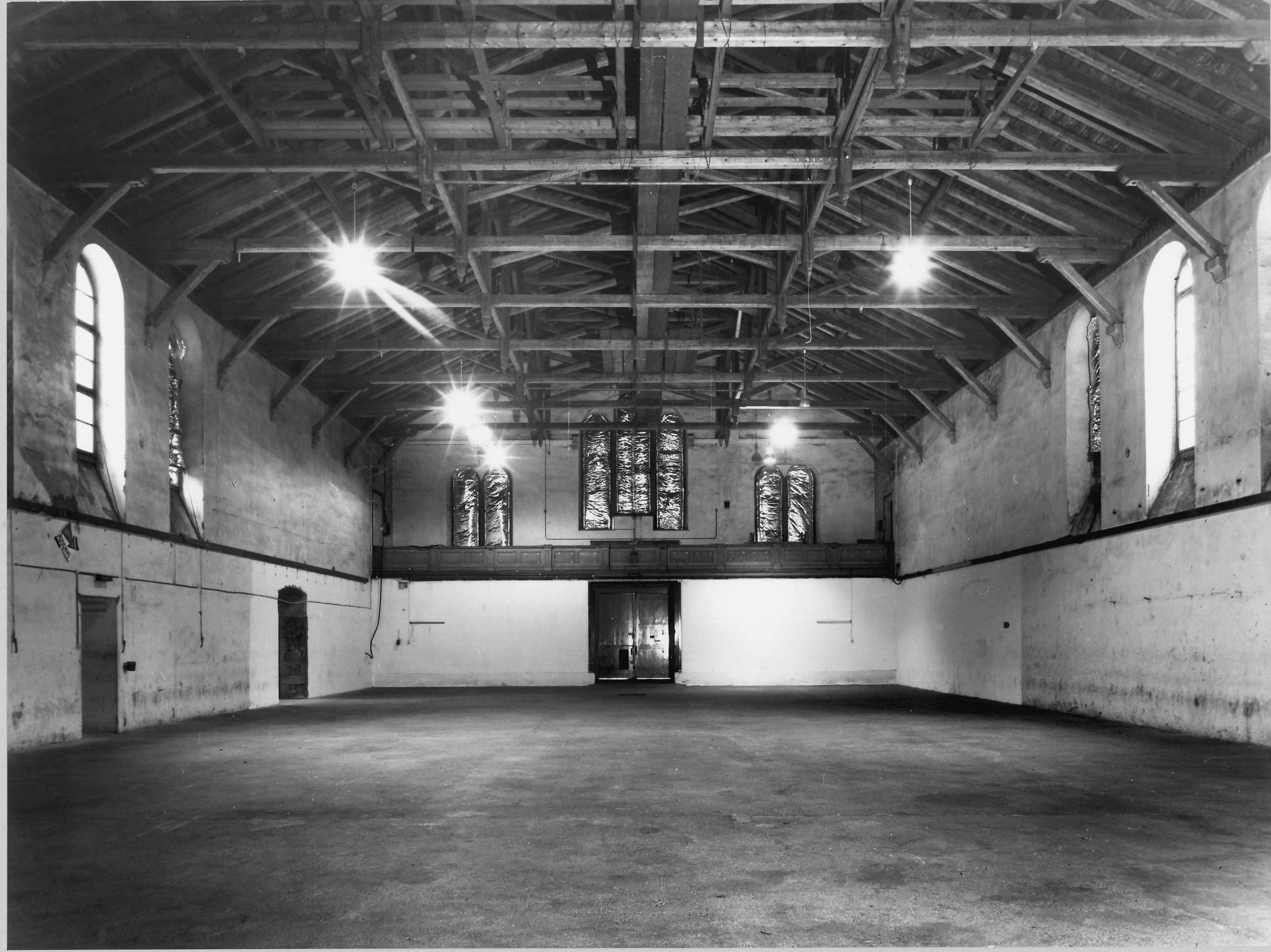
Wide-span timber roofs in Zurich
The excursion will take us to three historic buildings in Zurich that are characterized by their wide-spanned timber roofs. We will visit different building types from the late modern period including a church, a riding hall and a university building. Their roofs show unique construction features, from the structural systems to the joining details and demonstrate the development from traditional carpentry to new construction techniques. In Switzerland timber continuously remained an important building material and belongs to the construction heritage.
The excursion will be free of charge. The number of participants is limited to 20.
Further information (meeting point, transportation, timetable, etc.) will be provided at the conference.
St. Galler Brückenweg im Tal der Sitter
Take part in this easy hike through a part of the Appenzell Alps. We will pass numerous suspension bridges, railroad viaducts and wooden bridges. The spotlight of this Excursion will be on the history and construction of the covered wooden bridges, which provide an insight into the art of Swiss craftsmanship in the 18th and 19th centuries.
The excursion will be free of charge. The number of participants is limited to 20.
Further information (meeting point, transportation, timetable, etc.) will be provided at the conference.
Abbey of Kappel am Albis
The former Cistercian monastery of Kappel is situated in the picturesque landscape of the Albis, a low mountain range to the west of Lake Zurich. During the reformation in the years around 1530, the site gained historical importance as the setting for the two Wars of Kappel. However, the main interest of our excursion is the well-preserved Gothic church of the monastery. It dates from the 13th and early 14th centuries and exemplifies various aspects of medieval construction technology. We can take a close look at the details of the Gothic ashlar masonry. In the attic, we will explore the construction of the vaults as well as the entirely preserved roof structure from 1304.
The excursion will be free of charge. The number of participants is limited to 20.
Further information (meeting point, transportation, timetable, etc.) will be provided at the conference.
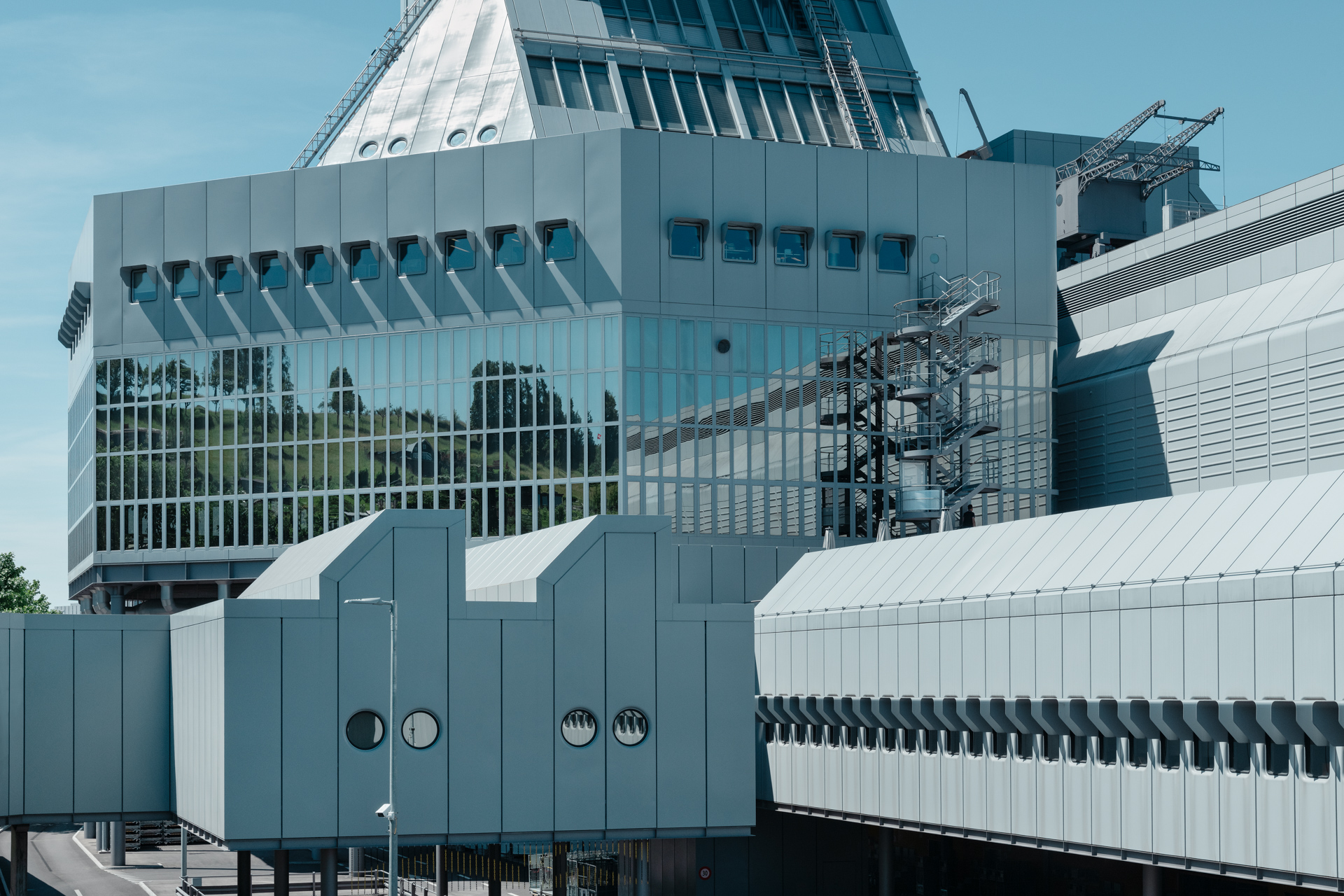
Postbetriebszentrum Zürich
Theo Hotz’ «Postbetriebszentrum» has served the Swiss post as an operations center since 1985. This guided tour focuses on the industrially manufactured aluminum façade emblematic of the High-Tech era in Switzerland. Considerations on the design, construction, and manufacturing of the façade are followed by a guided tour through the heart of the sorting and distribution machine sheltered inside the protective aluminum envelope.
The tour will start at 10 am. There’s an option to have lunch on-site. There’s no free.
Further information (meeting point, transportation, timetable, etc.) will be provided at the conference.

19th century Iron railway bridges
This excursion will lead to some of the most impressive 19th century iron railway bridges that are still in use in Northern Switzerland and neighbouring Germany. We will see lattice girder and truss bridges of different types, ranging from the 1859 “Town”-type iron lattice girder bridge across the Rhine between Koblenz and Waldshut through the 1875 continuous parallel-chord girder at Ossingen, to the structurally optimized “Schwedler” and fishbelly single-span bridges at Koblenz-Leuggern (Aare bridge) and Epfenhofen (Biesenbach viaduct, 1890).
The excursion includes the hire of a bus and will cost CHF 60. The number of participants is limited to 30.
Further information (meeting point, transportation, timetable, etc.) will be provided at the conference.

Visit the Semper Aula of the ETH in Zurich
The Semperaula of the Eidgenössischen Polytechnikum, designed and built between 1858 and 1870, is one of the few surviving and largely unchanged interiors by Gottfried Semper and can probably be regarded as one of the most important representative rooms of the 19th century. (langenberg.arch.ethz.ch)
The excursion will be free of charge. The number of participants is limited to 20.
Further information (meeting point, transportation, timetable, etc.) will be provided at the conference.

Visit the EmpaNEST in Dübendorf, Zurich
NEST is the modular research and innovation building of Empa and Eawag. At NEST, new technologies, materials and systems are tested, researched, further developed and validated under real conditions. Close cooperation with partners from research, industry and the public sector ensures that innovative construction and energy technologies are put onto the market faster. NEST contributes to making the use of resources and energy more sustainable and circular. (empa.ch)
and:
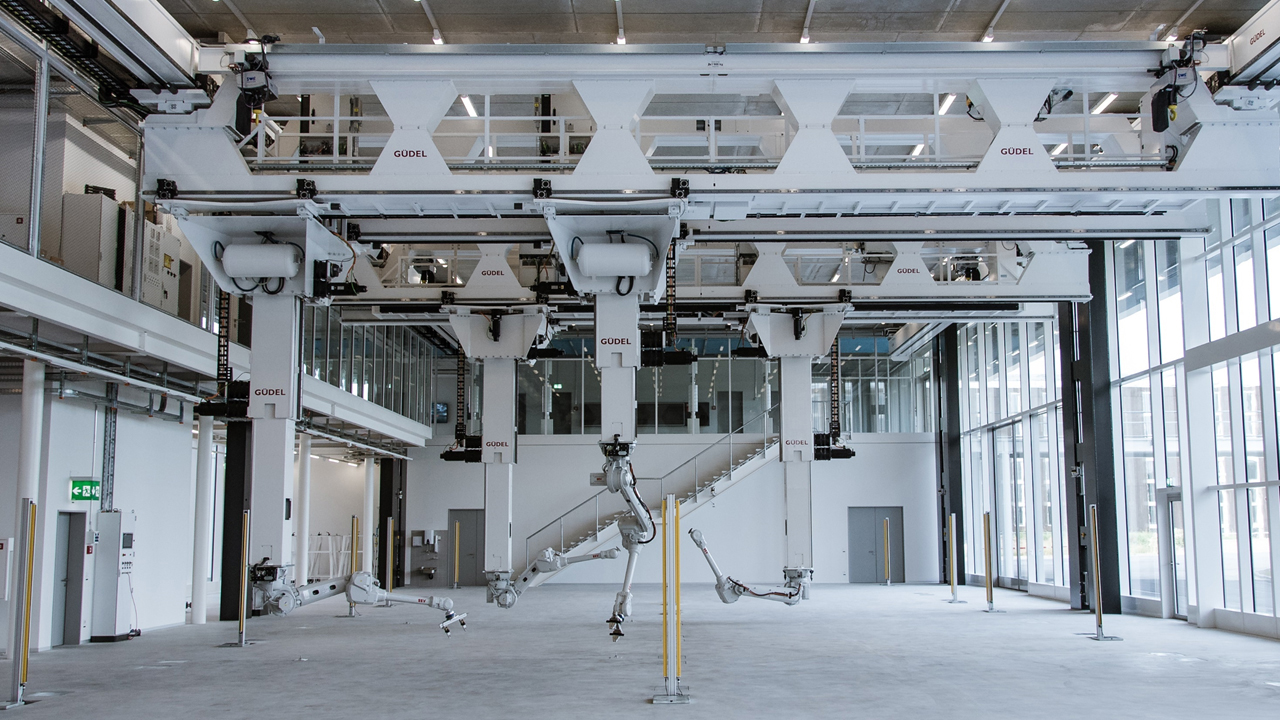
The Robotic Lab of the ETH
The Arch_Tec_Lab shows how digitalization can contribute to a resource-saving, emission-free and dense construction method. Six professorships at ETH Zurich have bundled their research approaches and jointly developed the innovative building as a prototype.
The Robotic Fabrication Laboratory (RFL) is the world's first research platform in the field of large-scale, robot-based fabrication in architecture and construction.
The excursion will be free of charge. The number of participants is limited to 20.
Further information (meeting point, transportation, timetable, etc.) will be provided at the conference.
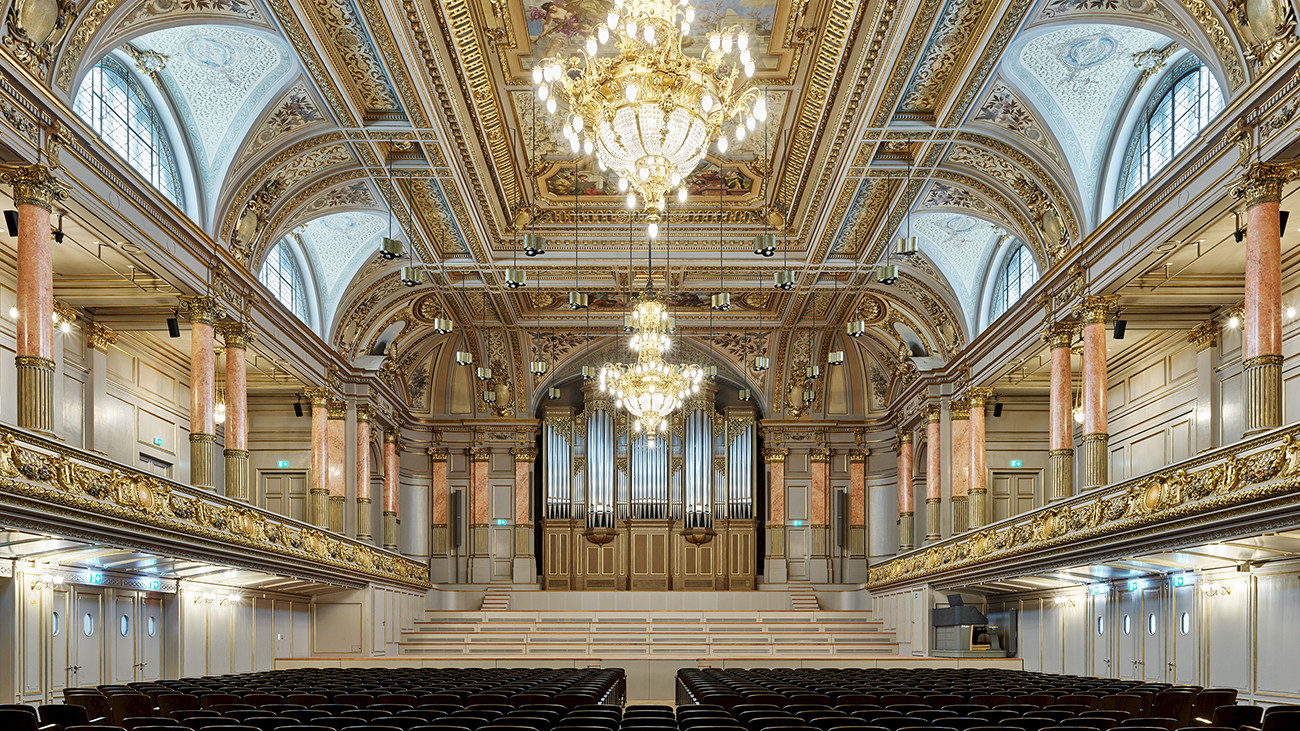
Visit the Tonhalle in Zurich
Located directly on Lake Zurich, the Kongresshaus and Tonhalle ensemble has had to endure a lot in recent years. The decision to demolish the venerable building had already been made 15 years ago, but in 2013 the Zurich City Council made a U-turn and in 2016 a referendum decided to renovate the ensemble. The architects carefully renovated the existing buildings and added a new building. (baunetz.de) The tour will be guided by an architect and engineer from the recent renovation project.
Cost of the Tour: 15 CHF. The number of participants is limited to 20.
Further information (meeting point, transportation, timetable, etc.) will be provided at the conference.
